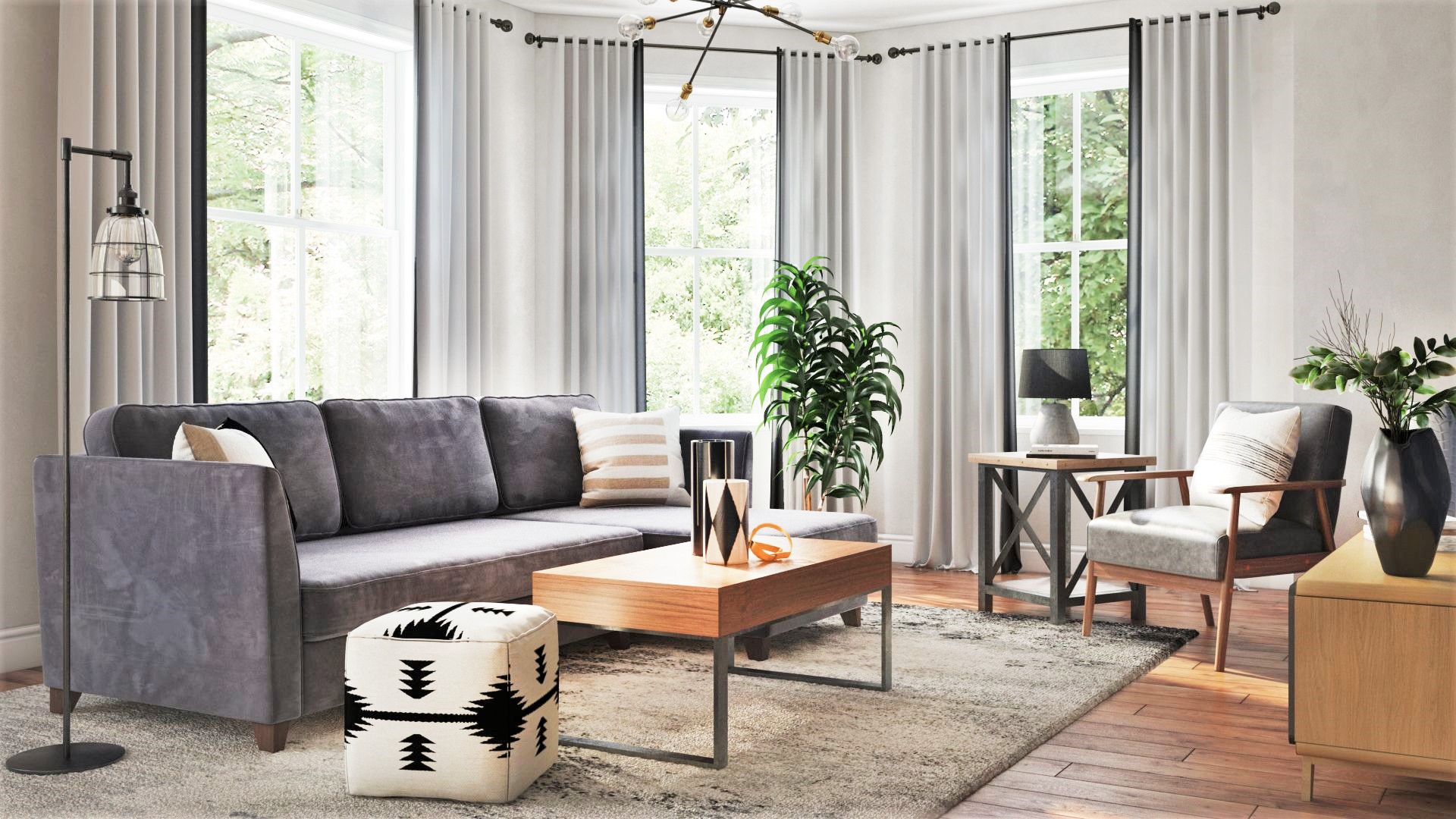Table of contents
Share Post
Sensory-Friendly Spaces for a Calmer Mind
Creating spaces that are sensory-friendly is crucial for neurodiverse individuals, as sensory processing challenges can often dictate how a space is experienced. The goal is to design environments that reduce overstimulation while maintaining functionality and aesthetics.
Lighting:
- Use dimmable lighting to allow for adjustments based on individual sensitivity to brightness.
- Favor natural light whenever possible, using curtains or blinds to regulate intensity.
- Avoid flickering fluorescent lights, which can cause discomfort or distress.
Textures:
- Choose fabrics and materials with soothing textures, avoiding overly rough or scratchy materials.
- Use soft rugs, plush cushions, and gentle textiles to create a calming atmosphere.
- Incorporate texture variety in a balanced way to prevent sensory monotony or overload.
Soundproofing:
- Implement sound-absorbing materials like carpets, acoustic panels, and heavy curtains.
- Consider white noise machines or soundscapes to neutralize distracting sounds.
- Use door seals and quiet-close hardware for a less disruptive environment.
Colors:
- Opt for neutral or muted colors to create a serene atmosphere, steering clear of overly bright, high-contrast palettes.
- Use color theory to introduce calming tones like blues and greens.
Smell and Air Quality:
- Integrate air purifiers to reduce allergens and maintain air freshness.
- Use lightly scented or unscented cleaning products to avoid triggering sensitivities.
By paying attention to sensory needs, you create spaces that foster relaxation and support well-being.






